Sorry Macaroni Penguins, you’ve been bumped again!
On Bird Island we us quite a lot of large bird rings. Black-browed Albatross, Grey-headed Albatross and Giant Petrels (Geeps) take size K (16mm dia) with particularly large Geeps taking an L (19mm dia). Wandering Albatross are even bigger, and take an L+ (22mm dia) ring.
With these big rings reaching both handles of the No2 pliers with enough strength for the “second squeeze” can be a bit of a struggle, this is especially the case for anyone with small or not so strong hands. Having just opened a pack of Stainless Steel K’s, I can also say that they are much tougher to close than the Incoloy rings of the same size we were using, and more effort is required to get them to close nicely too. You might notice our pliers look old, well they are! We have a good number of old pliers, and some brand new ones from the BTO made by Porzana, but having used those a few times I found they were spiralling the rings annoyingly, and didn’t allow the ring ends to pop together on the second squeeze either.
To help with this problem the pliers of one of the outgoing Zoologists (Jess) were modified to include a sort of easy reach handle on the inside of the standard handles. Holes were drilled through the handles, the stainless tube fitted, and then welded in place. The current Albatross zoologist (Lucy) wanted the modification too so the base tech (Robbie) and I got together to look into the issue. The following is what we did, please bear in mind that these modified pliers haven’t been used much so we are seeing if there is much adverse impact through drilling the handles, at the end I’ll mention another solution.
Robbie suggested tapping the stainless tube and bolting it through the handle, and that’s what we did!

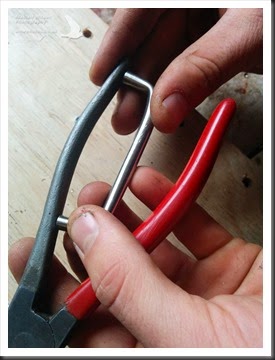 Bend, cut and file a piece of stainless tube to fit, making sure the pliers can still close properly.
Bend, cut and file a piece of stainless tube to fit, making sure the pliers can still close properly.
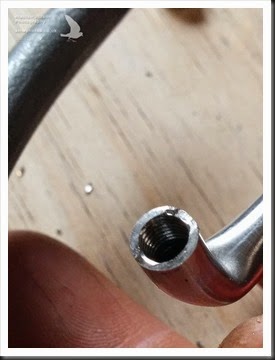 The stainless tube is tapped to accept M5 thread.
The stainless tube is tapped to accept M5 thread.
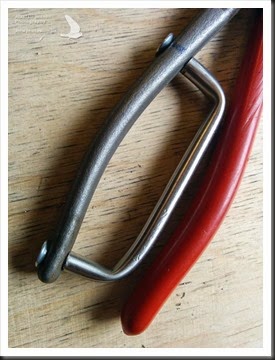 Countersunk bolts are cut and filed to the right length to fit through the handle and into the tube.
Countersunk bolts are cut and filed to the right length to fit through the handle and into the tube.
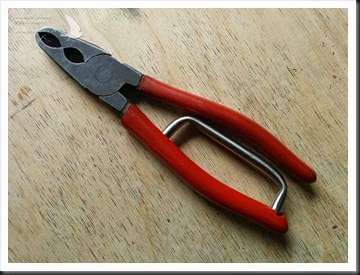 The plastic handle coating is slipped back onto the handle and glued in place, or you could use heatshrink or self amalgamating tape.
The plastic handle coating is slipped back onto the handle and glued in place, or you could use heatshrink or self amalgamating tape.
We were worried that the handle would be really hard to drill into, but it wasn’t! It’s worth clamping it really well and drilling carefully to make sure you don’t wander off at an angle.
We had thought about welding the tube into the handle, which is how Jess’ pliers are done. But Robbie and I are not skilled welders, so we were worried about blowing holes through the stainless pipe and the weld not fusing to the handles. This is why we did the tap and bolt method. If the bolt method doesn’t prove to be durable, or the handle is weakened by the hole, we can still weld the pipe into the handle, with a section of bolt in the tapped pipe to make it thicker for welding.
I’m sure a local metal fabrication workshop would no doubt be able to weld the pipe into the handle beautifully in 10 seconds.
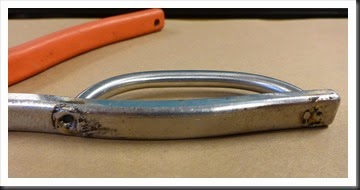 Here is Jess’ ‘pink’ No2 pliers with the tube welded into the handle. Everything about these pliers is substantial so the bigger hole drilled to accept the outside diameter of the tube rather than a bolt matching the tube inside diameter is OK. These are nice pliers, it’s a shame they changed the design.
Here is Jess’ ‘pink’ No2 pliers with the tube welded into the handle. Everything about these pliers is substantial so the bigger hole drilled to accept the outside diameter of the tube rather than a bolt matching the tube inside diameter is OK. These are nice pliers, it’s a shame they changed the design.
**Request** If anyone is a keen toolmaker, or knows of a toolmaker that would like a challenge then some custom K, L, L+ pliers would be incredible!
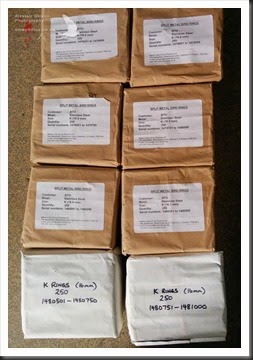
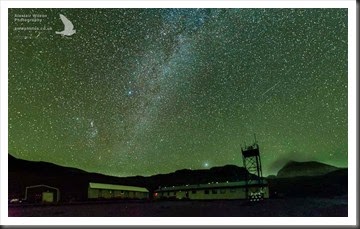


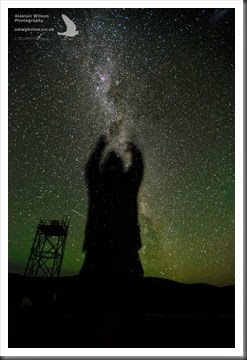
![Screenshot_2015-02-26-06-29-50[1] Screenshot_2015-02-26-06-29-50[1]](http://lh5.ggpht.com/-QRmrVOzvA4A/VPOcdsHPn4I/AAAAAAAACzw/N-A2NSoPO-s/Screenshot_2015-02-26-06-29-50%25255B1%25255D_thumb%25255B1%25255D.png?imgmax=800)